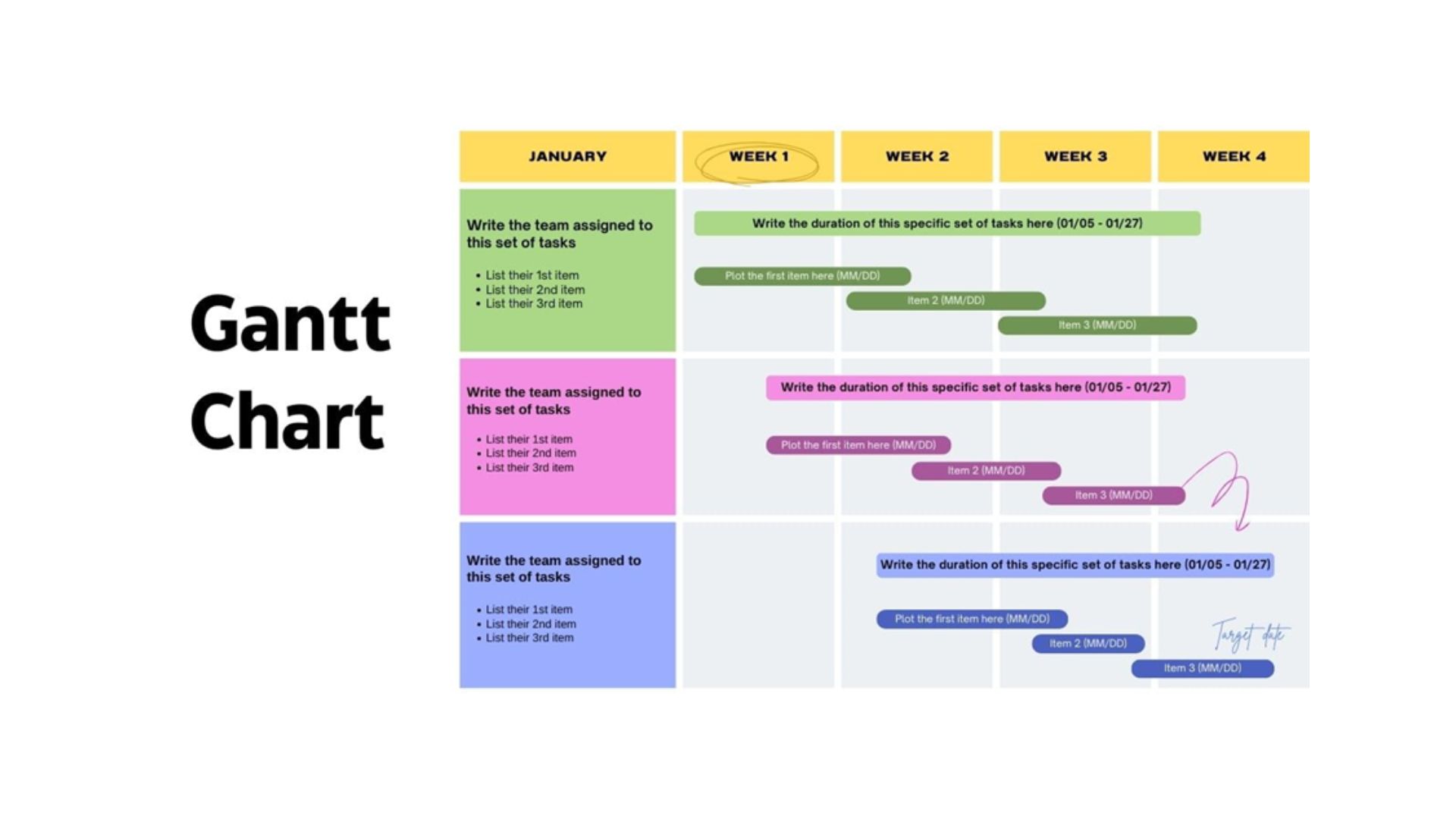Host Analytics Intros Modeling Cloud
Finance departments are increasingly seeking more sophisticated analytics, self-service analytics and improved access to financial and operational data.
Yet Excel spreadsheets remain the analytic tool of choice for most finance professionals. “Our recent research shows that most companies still use spreadsheets exclusively for budgeting and operational planning, and their plans end up less accurate as a result,” said Robert Kugel, senior vice president and research director at Ventana Research.
The main reason users favor spreadsheets, Kugel said, is their ease of use. “… Software vendors have been historically challenged to deliver a modeling environment to match that ease of use,” he said.
Host Analytics has introduced Host Analytics Modeling Cloud, a new module in its cloud enterprise performance management (EPM) suite that is designed to allow finance pros to create data models in Excel spreadsheets or via a Web browser or mobile device with a patent-pending “write once, run anywhere” architecture.
Analytical views and reports are saved in a common, cross-platform format, the company promises. So users can create a report in Excel and view it unchanged on a mobile device, or create a report in a Web browser for a power user to analyze in Excel.
“Finance loves the familiarity and flexibility of Excel and everyone in finance knows Excel,” said Lance Walter, CMO of Host Analytics, in an email. “Host Analytics Modeling Cloud works directly in Excel so that users get the benefits of the familiar Excel environment along with a centralized, secure data store.”
The Modeling Cloud also satisfies the finance department’s desire for controls and audit capabilities, Walter pointed out, by offering finance control over which users can see what data and which users can actually change data values. In addition, they can see an audit trail of which changes were made after the fact.
“While traditional solutions like Essbase from Hyperion could provide some of this, advanced modeling would still require a heavy dependence on IT,” Walter said. “With Modeling Cloud, business users can add calculations, ‘members’ (for example, a new cost center, a new sales territory) and even business dimensions (if, for example, someone wanted to add a ‘channel’ dimension to try to model indirect sales) on the fly. With Essbase, they’d have to talk to an administrator who would then have to change the configuration of the master database.”
NoSQL and In-memory Computing
Available now, Host Analytics Modeling Cloud incorporates several buzz-worthy technologies, including HTML5, NoSQL, in-memory computing and a patent-pending cloud-based calculation engine.
Discussing Host Analytics’ use of NoSQL, Walter said it provides a “schemaless” database structure so organizations can store models and calculations in optimized structures rather than force-fitting them into the traditional table structures of relational databases.
“Because we’re using MongoDB’s NoSQL engine, we get features like elastic scalability and fault-tolerance ‘for free,’ he said. “If the database needs more computing power, it can automatically spin up new instances of itself in the cloud to handle very intense computing jobs.”
In-memory computing is important because some operational models can have enormous volumes of data, Walter noted. “Modeling Cloud was designed to provide ‘speed-of-thought’ interactive response times for business users who want to analyze data and create sophisticated models rapidly. In-memory computing is a great technique to provide the fastest possible calculation performance, even on large volumes of data.”

Public relations, digital marketing, journalism, copywriting. I have done it all so I am able to communicate any information in a professional manner. Recent work includes creating compelling digital content, and applying SEO strategies to increase website performance. I am a skilled copy editor who can manage budgets and people.








